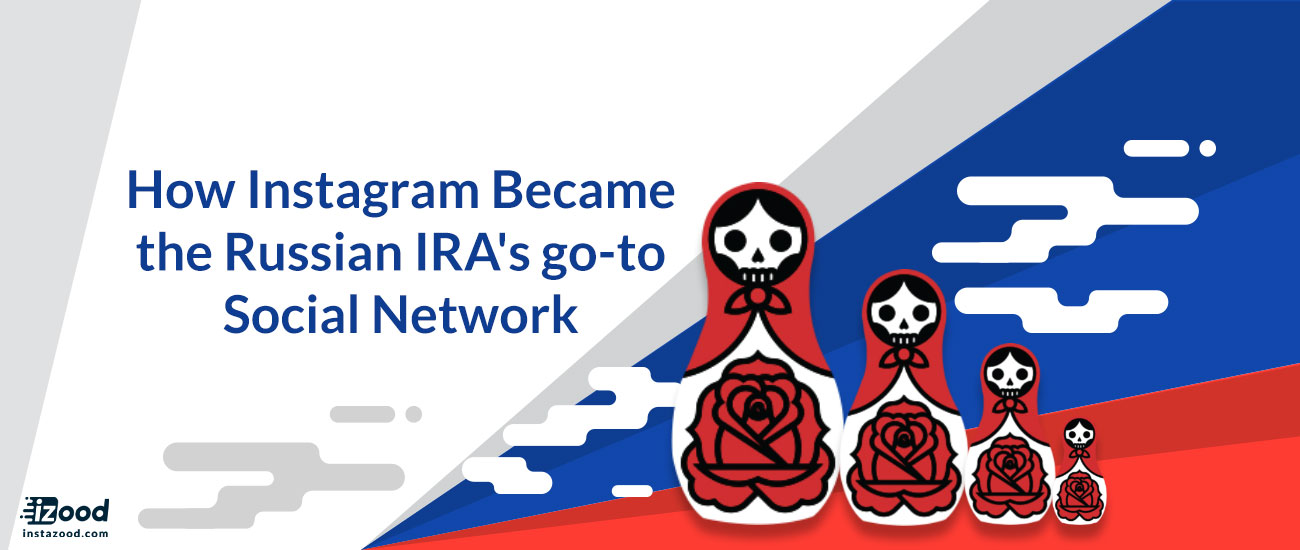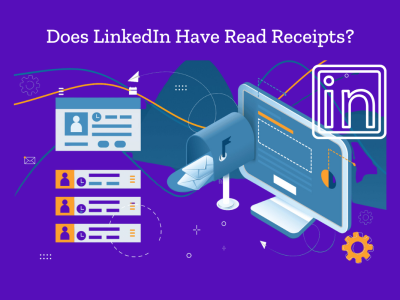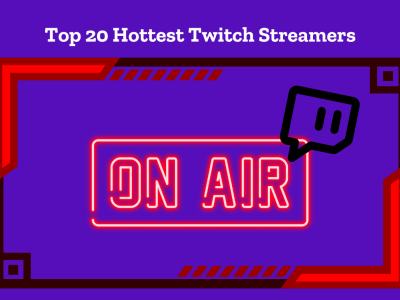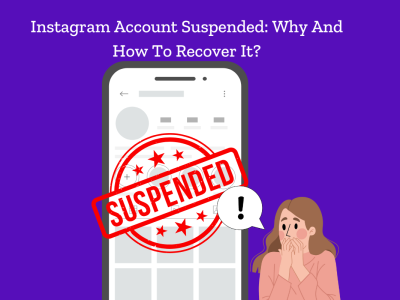
For Russian misinformation-mongers, 2017 was the year of Instagram. As Twitter and Facebook cracked down on external influence campaigns between media investigation, the Kremlin’s Internet Research Agency (IRA) located unparalleled success in changing its disinformation efforts to the photo-sharing app, according to a new report approved by the Senate Intelligence Committee.
On Instagram, the IRA conducted a memetic battle against millions of users by creating a sophisticated and robust network of accounts related to important social justice and political concerns. These profiles weren’t primitive or poorly managed but, rather, part of a well-oiled attraction machine intended to weaponize the social clout used by power users on Instagram.
“Instagram was perhaps the most effective platform for the Internet Research Agency,” decides the report, written by cybersecurity firm New Knowledge.

The IRA produced only 135 Instagram accounts. But a lot of these attracted more than 100k followers, generally viewed as inception to mark an account an “influencer;” almost 50 exceeded the “micro-influencer” milestone of 10k followers. Similar to many American influencers, the IRA monetized its social media popularity by pushing custom-made commodities—giving it access to the customers’ personally identifying data, and developing partnerships with brands.
The IRA aggressively targeted black Americans on Instagram as well as the right and left with a coordinated, multi-level influence campaign created by networks of parallel and competitive profiles, which worked in companion to cover users in a highly controlled ecosystem of the Kremlin’s design.
The most successful accounts were focused on feminism, black culture, Christianity, LGBTQ+ issues, veterans, gun rights, and collected more than 10 million interactions—engagement such as likes and comments—each. Others represented news breaks and journalists in the hopes of increasing distrust in the actual media between target audiences. The goal, as with much of the Russians’ digital activity, was to increase divisions and stoke hostilities in the US.
On Instagram, IRA accounts ridiculed the idea of IRA accounts on Instagram. In the track of the 2016 election, up to 70 posts on Instagram and Facebook targeting right-wing audiences downplayed the presence of Russian interference.

Starting in 2015, the time explained by the report, IRA-controlled accounts spread 116k Instagram posts, almost twice as many as the 61k posts on Facebook, which until now have gained far more attention. The Instagram posts got more than 183 million likes and 4 million comments, generating more interactions from users than relative Russian operations on Facebook, which collectively earned about 76 million engagements. The report also recommends that Facebook, Instagram’s origin company, downplayed the outsized part of the photo-sharing platform in Russian efforts to seed discord.
Instagram’s position was “something that Facebook executives appear to have avoided mentioning in Congressional testimony,” the report says.

Once these groups account reached a significant mass, they were used to promote stories that increased tensions between groups and seize the conversation among target viewers by showing potential subjects of discussion or judgments from a trusted source — one especially potent example of this strategy recognized in the report centers around a real-life human interest story.
The IRA gradually expanded the story of an 11-year-old black boy who obtained national news after creating a device to prevent hot car deaths.
IRA-run Facebook pages and Instagram accounts reframed the story to strengthen racial in-groups: “White people invent tools for killing, this Black child is inventing a tool for saving lives,” stated one post. “these are stories of Black children the media don’t want you to see,” state another. Black Matters wrote an article about the case on its website, which it declared had well over 100k subscribers.








